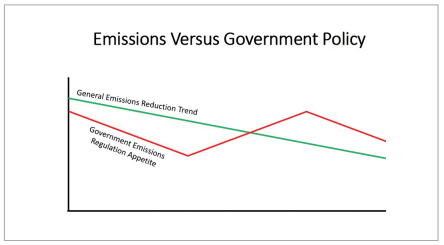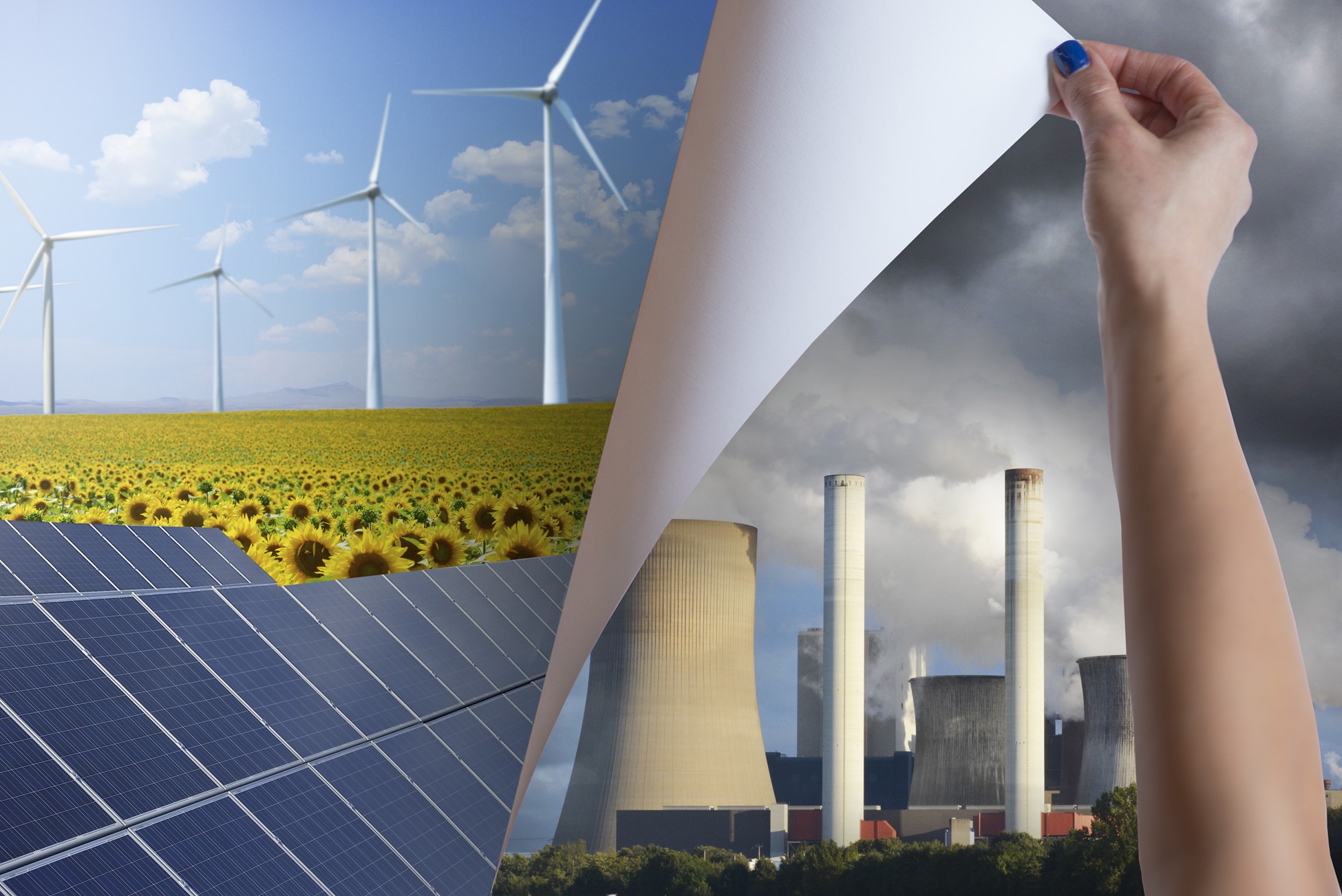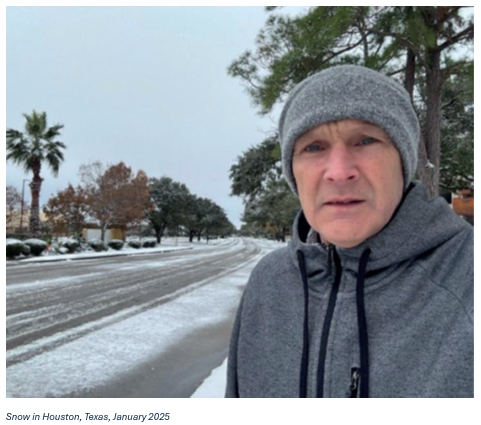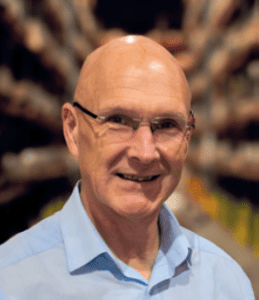The Fugitive Emissions Summit Americas took place at the LyondellBasell Centre for Chemical, Petrochemical, Energy & Technology at San Jacinto College in Pasadena, Texas on April 2nd-3rd, 2025. Event Chairman Dave Anderson of Score, a long-time member of several event steering committees and an industry expert, delivered a keynote presentation to discuss the future of the emissions industry and how the current landscape is being impacted.
By Dave Anderson – Score
I would like to use my opening address here to focus our attention on some key topics that are likely to be golden threads running through all our sessions. Framing our initial thoughts around key topics will ensure that we engage in relevant and lively discussions and debates, to further the goals and objectives we have set ourselves at individual, company and market levels.
Motivation
Ask yourself: Why are you here? Why did you personally invest your time to come to the Fugitive Emissions Summit? What are your personal goals and objectives for the next two days? Did you even set any? We need excited, enthusiastic, self-starters to lead others and take them on an emissions elimination journey.
Almost every single person in this room is an emissions champion to some degree, prepared to challenge anything, anyone and everyone that contributes to greenhouse gas emissions. The planet and your family members, current and future, need you to do your best now, because the evidence of greenhouse gas emissions being directly connected to extreme weather events, poor human health, and other measurable impacts and effects are growing increasingly compelling with each day that passes!
In my travels this year I have seen snow in Houston, and we all watched in horror as high temperatures and strong winds fanned devastating wildfires in Los Angeles. These are just two things that we have seen in the last few months that amplify how our weather events are changing. According to statistics from the Environmental Defence Fund, 2-3% of all gas produced leaks directly into the atmosphere and this is contributing to global temperature increases.
As a result of air temperature increases, a 2.5 km wide perimeter of the Langjokull Glacier in Iceland has melted away between 1980 and 2020. A further 300m has been lost from 2020 to 2024 – with 30 metres of that being lost during the summer months alone. At the rates of shrinkage and melting recorded to date, the estimation is that this glacier will be 1/3 of it is current size by as early as 2065 and it will be completely gone at some point within the following 100 years. We have to believe that we are capable of slowing or even stopping this.

Motivation to do this is both internally and externally driven. The internal drivers are prevalent where we focus on the benefits associated with reducing emissions and the external drivers come into play when others think we are not doing enough and should be forced to do more.
Over many years we have seen a growing appetite globally to reduce greenhouse gas emissions from industrial operations. In the Americas, this has been a little less consistent, with variability at the political leadership level taking different views on what can be achieved and what is required to make that happen.
We are currently locked into a 12-year cycle where policy decisions have fluctuated wildly; however, during that period, we have still seen total emissions volumes fall due to the many consistent actions taken over that same period by responsible operating companies.
Action
What can you learn individually, and what could you possibly take back to your employer or operating company to implement and make a difference? We collectively (I hope) all understand that nothing will change until we change.
What actions could you take in the marketplace on a wider level to support the global drive to zero emissions? We now know what emissions we are looking for (Scopes 1, 2 and 3) and how these emissions are being generated. This allows us to really focus on what we can do to get the best possible reductions. The biggest driver in reducing emissions is time.
Where we have correctly managed emissions over time, we can expect to see maximum possible emissions reduction. Of course, the quality and cost of emissions mitigation and repairs also have an impact on total emissions reduction outcomes and so it is important that these get equal attention in emissions management too. When we take all necessary actions within the correct timescales, we can expect to achieve sustainable business operations.

Regulations
In the world of regulation, it is important to understand where the bar is being set. Much like in athletics, the bar starts at a low level to ensure maximum participation, but then the height increases over the course of the competition. This is the trajectory we have
been on, with a growing number of compliance requirements coming into play around all global markets, but in particular in the USA and Europe.
The growing number and complexity of regulations around the monitoring, measurement, reporting and verification of emissions, along with proposed associated taxation of these has caused operating companies to review their operating practices and invest in de-carbonization initiatives as well as commit to their self-imposed emissions reduction targets. Most major operating companies in the oil & gas markets have made policy statements or pledges on how much they will cut their emissions over fixed time periods and published these for public consumption. Rolling back on these at this stage would be challenging to say the least.
De-regulation is driven by the perceived burden of monitoring and compliance, which resulted in an announcement on March 12th this year that 31 regulations were being “rolled back” by the EPA and that sweeping EPA staffing cuts would follow.
Of course, some of those potential de-regulation rollbacks will be open to legal challenges. The probability that this de-regulation will have an impact on operator behaviours is not so clear. Given their very public statements of policy and intent, it is unlikely that they will all change their course in the short term. There is also a growing level of understanding that there are many positive spin-off benefits associated with managing emissions more tightly.
The “burden” rhetoric has generated some negativity in the marketplace with complaints about what surveys are required, when, and how often. This has created a global ripple effect, with the head of policy department at the IOGP announcing at the Methane Mitigation Conference in Europe that the EU Methane Regulation places a disproportionate burden on oil and gas producers, asking them to detect minimal leaks that have negligible impact on the environment and that within IOGP Europe, they are advocating for a simpler, smarter and more effective approach.
A new, clearer understanding of the business benefits associated with proactive emissions management will most likely drive continuity of commitment from the IOGP community moving forwards. The positive opportunities and resulting outcomes from Emissions Elimination activities are re-focusing attention to the significant emissions such as flaring and venting that can be mitigated and eliminated over time. This is a message that we as champions must amplify.
International and National Oil and Gas Companies (IOC’s and NOC’s) will remain focussed on reducing emissions based on shareholder pressure, Non-Governmental Organisations (NGO’s) pressure (Green Peace, etc.), community pressure, and share prices will remain focussed on this. Additionally, there is the realization that Clean Energy & Energy Transition is the long-term lifeline to these companies remaining in operation. This is something we need to be emphasizing in global markets.

Collaboration
It is abundantly clear to everyone, I am sure, that none of us has a complete toolkit or indeed all the supporting knowledge and experience to deliver maximum emissions elimination on our own. It is therefore critical that we collaborate by leveraging not just experience, skills and new technologies but also learned experiences.
Access to the latest and continually improving technologies is of critical importance to all stakeholders, as this is what will allow us to set the compliance (or at least performance) bar higher and still clear it. Cross-party technologies that can be deployed at scale and across all geographical locations must be shared and made available and accessible to all players.
This document, published by the International Energy Agency, makes three clear observations:
- Tried and tested approaches and technologies already exist to significantly reduce emissions.
- Policies and working practices can have a significant impact on total emissions reduction.
- If these existing policies and technologies were adopted by operators globally, methane emissions could be immediately cut by nearly 15%.
What this means is we have not even fully exploited what we have available today to reduce emissions, which is an eye-opening observation and one that events like Fugitive Emissions Summit can help address.

Sprint
In this opening address, it is not my intention to immediately jump into offering any opinions, solutions or recommendations. I have sought to merely stimulate discussion, debate, engagement and improved performance in all measures. But, ladies and gentlemen, we only have two days together to share knowledge, experiences to help each other. It is not a lot of time, so we must move fast and cover as much as we can. Like eliminating emissions, we must move with urgency if we are to see immediate returns on our investments and have maximum impact in the short term.
Being self-driven and engaging fully at this event is your responsibility, so with a bit of poetic license I encourage you to now make the most of what opportunities are presented to you here and for those of you who have been watching the structure of my presentation closely, let me now summarize and encourage you to be Motivated, take positive Action, consider those Regulatory impacts, Collaborate with others and move urgently – Sprint to lower emissions.
In other words, “On your MARCS, get set… and GO make it happen!”



 David M. Anderson is a leader in Score and is responsible for the global deployment and development of the company’s valve condition and performance monitoring products and services, which are focused on delivering emissions reductions, operating cost reductions, risk minimization and efficiency maximization for the benefit of all stakeholders.
David M. Anderson is a leader in Score and is responsible for the global deployment and development of the company’s valve condition and performance monitoring products and services, which are focused on delivering emissions reductions, operating cost reductions, risk minimization and efficiency maximization for the benefit of all stakeholders.